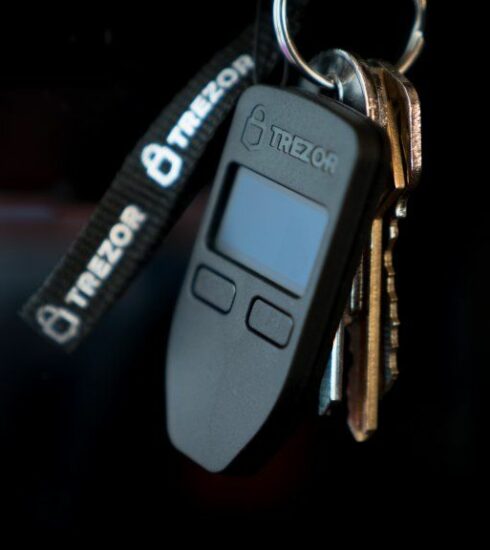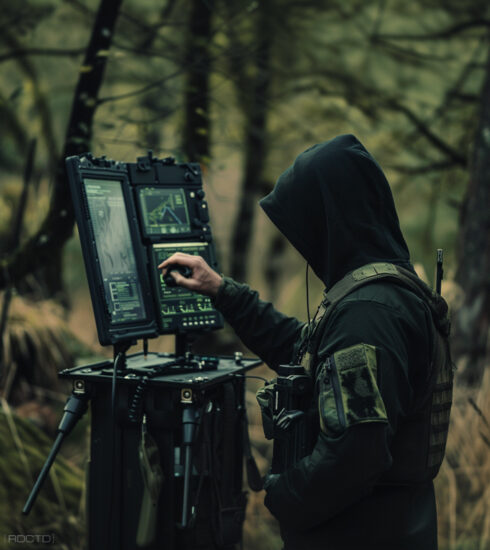Hostile Environment Awareness Training (HEAT)
‘HEAT’ equips operatives with the critical skills and tradecraft necessary to navigate and survive within high-risk and unstable areas around the globe.
In the theater of uncertainty, the proper training and knowledge prepares covert operatives to not only stay alive but to command the stage with adept tradecraft. A craft that can be honed and utilized by anyone, in the field or off.
In the shadowy realms where operatives often find themselves, preparation is not just a prerequisite; it’s a lifeline. Hostile Environment Awareness Training, or HEAT, stands as a fundamental component of this preparatory process, ensuring that operatives can navigate and survive in high-risk areas. This training is as much about sharpening the mind as it is about readying the body — core tenets of effective tradecraft.
What is HEAT?
HEAT is a specialized training program designed to prepare individuals – whether they’re government agents, journalists, or NGO workers – for the challenges of operating in hostile or unpredictable environments. This training encompasses a wide range of skills, from risk assessment and emergency first aid to kidnapping prevention and evasion techniques.
The goal is to equip participants with the knowledge and skills to manage threats and mitigate risks while carrying out their duties in unstable regions.
The necessity of HEAT stems from the unpredictable nature of high-risk regions. Whether it’s a war-torn area, regions plagued by terrorism, conflict zones, areas with high crime rates or zones of natural disaster, the environments are fraught with hazards that demand specialized preparation.
For operatives, who must often work discreetly and effectively regardless of external pressures, such preparation is not merely beneficial; it is essential to their mission and personal safety.

Components of HEAT
Risk Assessment and Situational Awareness
Operatives learn to analyze the environment for potential threats, developing an acute sense of awareness crucial in avoiding or mitigating dangers. Understanding local customs, political landscapes, and potential flashpoints forms the backbone of this module.
Medical Training
HEAT programs often include rigorous first aid and trauma care courses, tailored to scenarios where medical help is not immediately available. This training can be lifesaving, given the remote or tumultuous areas operatives might find themselves in.
Security and Surveillance Evasion
In high-stakes environments, the ability to move without drawing attention is invaluable. Trainees learn techniques to evade surveillance, manage being followed, and, if necessary, escape from unlawful detention or kidnapping scenarios.
Communication and Negotiation
Effective communication can often prevent escalation. Operatives are trained in negotiation techniques, especially useful in potential hostage situations or when dealing with hostile entities.
Psychological Resilience
Operating in a hostile environment can be mentally taxing. Part of HEAT involves preparing operatives to handle the psychological stress and remain effective under pressure, a critical aspect of tradecraft that’s often underemphasized.
Urban Survival
Urban survival is a critical component of HEAT that addresses the unique challenges of operating in city landscapes, which can be just as perilous as any war-torn region. This aspect focuses on navigating complex urban terrains, understanding the socio-political dynamics, and recognizing the nuances of urban threats – from crime waves to terrorist activities.
Operatives learn the tradecraft of blending into diverse urban settings, effectively using the environment to their advantage, and managing crises that arise from high-density populations and infrastructure dependencies. For operatives in the field, mastering urban survival through HEAT means not just enduring but thriving in the concrete jungles of the world, where threats often hide in plain sight.
HEAT For Civilians
Even outside the clandestine corners of operative work, HEAT offers significant benefits to civilians, especially those venturing into less stable or unpredictable parts of the world. Whether you’re a journalist, an aid worker, or a corporate employee on international assignment, HEAT arms you with the tradecraft to assess and respond to potential threats, from natural disasters to civil unrest.
The training sharpens your situational awareness, enhances your ability to make rapid, informed decisions, and provides practical skills in first aid and emergency response that can be crucial in crisis situations.
By embracing these principles, civilians not only bolster their personal safety but also enhance their effectiveness in challenging environments, ensuring they can focus on their mission with confidence and resilience.
Specialized Training Providers
There are several avenues through which one can pursue HEAT, ranging from formal courses offered by specialized training institutions to online resources tailored to self-study.
Security and Risk Management Consultancies:
- Many private firms specialize in security training for corporations, NGOs, journalists, and civilians. These firms offer HEAT courses that cover a broad range of skills from risk assessment to emergency first aid and kidnapping prevention.
- Examples include Control Risks, GardaWorld, and AKE International. These organizations have global reputations and provide training tailored to specific environments and threats.
NGO and Humanitarian Organization Workshops:
- Non-governmental organizations often provide safety training for their staff and volunteers. This training is sometimes made available to the public or other NGOs.
- Organizations such as RedR and the International NGO Safety and Security Association (INSSA) offer courses specifically designed for humanitarian workers but applicable to a wider audience.
Military and Government Programs:
- For government employees, diplomats, or those in similar roles, many countries offer HEAT through their military or diplomatic training academies.
- These programs are typically not available to the general public but are essential for those involved in international relations or military assignments in hostile areas.
In essence, HEAT is not just training; it’s an indispensable part of the tradecraft that ensures operatives are not only able to survive but also to thrive in adverse conditions. By developing a broad set of skills – from the physical to the psychological – HEAT prepares operatives for the complexity and dangers of modern conflict and crisis zones.
This training embodies the adage that the best defense is a good preparation, and for operatives stepping into the unknown, it is a beacon of competency and security.
[INTEL : CIA Crisis Management Skillset]
[OPTICS : Undisclosed, Bosnia]







